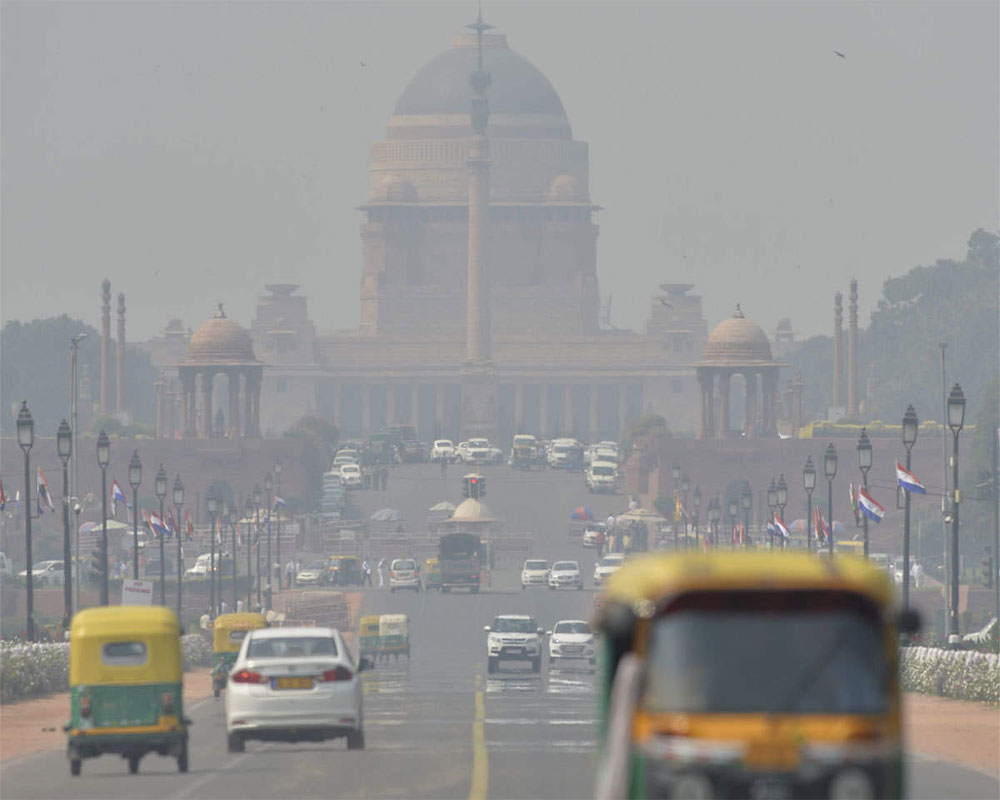Biomass and fossil fuels, including traffic emissions, are major contributors to the harmful particulate matter (PM) found in the air across Northern India and targeting these emission sources can effectively reduce pollution’s harmful effects on human health, according to a study published in the journal Nature Communications.
Dr. Deepika Bhattu, Associate Professor at IIT Jodhpur and the lead author of the research, emphasized the importance of addressing local combustion processes to reduce pollution levels in cities such as Delhi, where the air has become toxic.
The study identifies three critical areas that Indian policymakers should consider when developing data-driven, effective mitigation strategies under the ongoing National Clean Air Programme (NCAP):
1. Identifying fine PM (PM2.5) sources and their absolute contribution
2. Distinguishing between directly emitted PM and those formed in the atmosphere
3. Determining the harmfulness of PM by correlating its oxidative potential with local and regional sources
The study, conducted at five Indo-Gangetic Plain sites, both within and outside Delhi, found that while PM concentrations are uniformly high across the region, the chemical composition varies significantly due to local emission sources.
Within Delhi, the main sources of particulate matter are ammonium chloride, organic aerosols from traffic exhaust, residential heating, and fossil fuel emissions. In contrast, outside Delhi, ammonium sulfate, ammonium nitrate, and secondary organic aerosols from biomass burning vapors are the dominant contributors.
Regardless of location, the study highlights that organic aerosols from the incomplete combustion of biomass and fossil fuels, including traffic emissions, are the key contributors to the PM oxidative potential, which drives PM-associated health effects in the region.
Comparing the oxidative potential of PM 2.5 in India with countries across the Asia-Pacific and European regions reveals alarming findings. The oxidative potential of particulate matter in India exceeds that of Chinese and European cities by up to fivefold, making it one of the highest observed globally.










